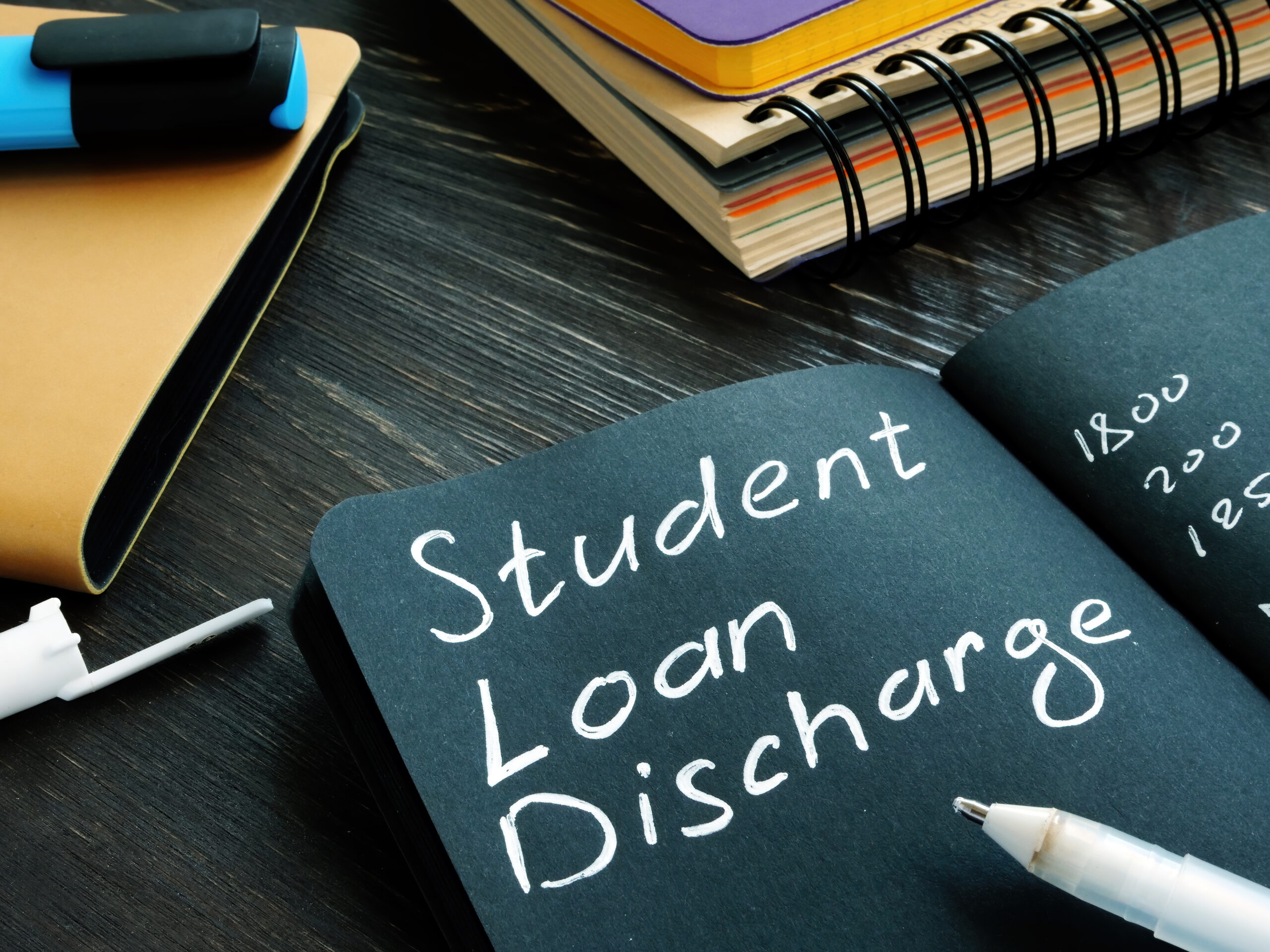It Just Got Easier to Discharge Student Loans
On November 17, 2022 the Biden Administration announced new guidelines in how federal student loans will be treated in bankruptcy. The goal is to make the process for discharging student loans more consistent, clearer, and more fair.
It appears these guidelines could make it easier to discharge federal student loans in bankruptcy. The effectiveness will depend on how the guidelines are implemented by the Department of Education and Justice, explained John Rao, a staff attorney at the National Consumer Law Center.
Process for Discharging Federal Student Loans in Bankruptcy
Unlike medical, credit card, and other consumer debts, student loans aren’t automatically wiped out in bankruptcy. Federal student loans are only dischargeable in bankruptcy if the debtor makes a heightened showing that they will suffer “undue hardship” unless the debt is discharged. Currently, it’s difficult, if not impossible, to eliminate student loan debt in bankruptcy and most people who file bankruptcy don’t even try.
In order to try to get the student loan debt eliminated, borrowers are required to file a separate lawsuit in bankruptcy, called an adversary proceeding. It’s very costly and almost impossible to meet the strict legal test contained in the Bankruptcy Code which requires showing that the individual will suffer “undue hardship” unless the student loan debt is discharged.
Around 250,000 student loan debtors file for bankruptcy each year, but fewer than 300 walk away from their education debt in the proceeding, according to research published in the Duke Law Journal in December 2020. That’s a success rate of just 0.1%.
Only Congress, not the president, can change the bankruptcy code. Generally, however, the Department of Education is the main defendant in the student loan discharge adversary proceedings. Therefore the government can revise its approach to how it deals with the lawsuits to eliminate the student loan. That’s what’s been done here.
What’s Contained in the New Guidelines
The new guidelines will allow the Department of Justice to recommend to the Bankruptcy Court that the debtor receive a partial or full discharge of their federal student loans if the Debtor meet the applicable factors which include:
(1) the debtor presently lacks an ability to repay the loan;
(2) the debtor’s inability to repay the loan is likely to persist in the future; and
(3) the debtor has acted in good faith in the past in attempting to repay the loan
There is also a consideration of a debtor’s financial assets.
The Department of Justice will evaluate a Debtor’s qualification for discharge using an Attestation Clause submitted by the Debtor.
The Sample form can be found here: Attestation Form
The Department of Justice, based on the Attestation form and supporting documents, will stipulate to facts supporting discharge and make a recommendation to the bankruptcy court.
If You Wonder if Bankruptcy is Right For You, Contact Us
If you are wondering if filing bankruptcy could help eliminate your debts including your student loans, reach out to us. Contact us at (973) 323-2953 to schedule a free consultation or contact us online.
We are proudly designated as a debt relief agency by an Act of Congress. We have proudly assisted consumers in filing for Bankruptcy Relief for over 30 years. The information on this website and blogs is for general information purposes only. Nothing should be taken as legal advice for any individual case or situation.



